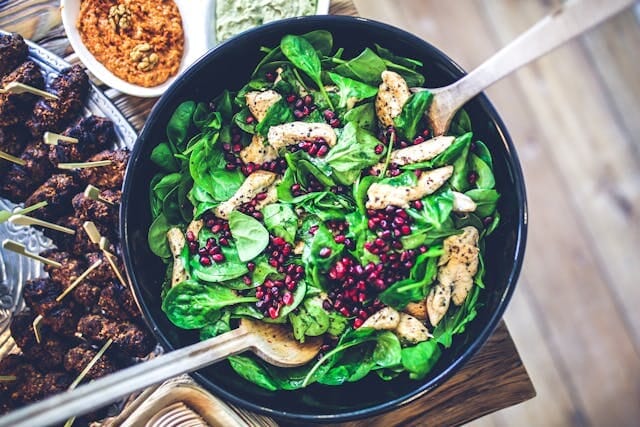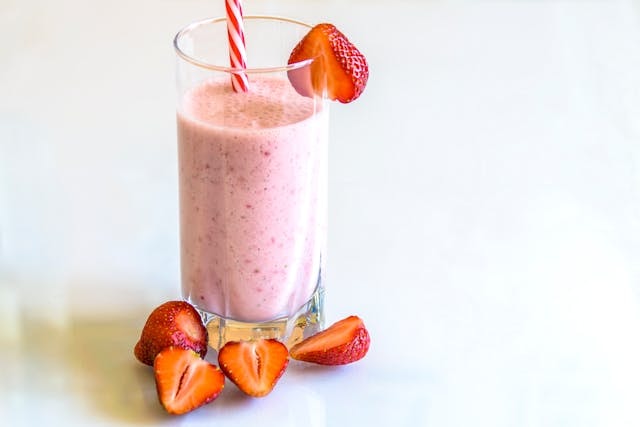
How do I Follow the 7 day Diet to Lower Triglycerides?
Time to read 3 min
Time to read 3 min
You need to focus on a complete transformation of your diet, lifestyle, and activity levels of the body, to help lower your triglyceride levels over time. You can also follow a special diet that can help you lower your triglyceride levels and teach you the right long-term strategies to manage your levels.
While there is no specific nutritional plan or approach that can lower your triglyceride levels in the immediate short term, you can follow a long-term approach that can help you understand how to manage your levels better.
A 7 day diet to lower triglycerides can also help you understand the basics of how you can plan your diet. You can also improve your cholesterol levels and other key markers when you follow a healthier approach to your nutritional plan.
This 7 day chart can help you lower your triglyceride levels as well as improve your overall cardiovascular function. You can enhance your sleep, activity, as well as your overall mood with the new diet approach that is focused on improving your overall wellbeing.
It is important to note that you should consult with your doctor before starting any new diet or changing your nutritional plan.
You should start your first day with some scrambled eggs, toast, and fresh fruits. You can add kiwis, papaya, apples, and bananas, for more fibre, nutrients, and minerals. You can also focus on a traditional Indian meal, with dals, sabzis, and chapatis. You should avoid anything fried or overly refined, and remove Indian sweets during this diet week. For dinner, you can opt for a light meal that includes chicken (or some form of proteins), chapati, and a small salad.
You can amp up your proteins and salads during day-2, so that you can improve your vitality and fibre intake. You can check for any underlying deficiencies, such as in vitamins A or K, and focus on those sabzis - such as carrots or mushrooms. You can follow the same Indian meal routine for day-2, and change the vegetables.
For day-3, you can focus on quinoa, chia seeds, flax seeds, and nuts, which contain omega-3s. These can help with lowering triglyceride levels over time. You can also add soy and flaxseed oil, as well as stir fry vegetables to help with improving your nutrient intake. You can also add a range of fruits as well to help with increasing digestion ability as well as minerals.
You can add yogurts, tempeh, and sauerkraut to help with improving your digestive health so that you can improve your absorption of nutrients. For breakfast, you can have high protein omelettes, with sausages and chicken strips. You should focus on using normal vegetable oil or olive oil for more Mediterranean cuisines. You can have lentils, sabzis, and starches to help with adding more energy.
You can introduce fruit smoothies on day - 5, including a range of berries and fruits that are locally produced. You can also add seasonal fruits that can help with improving your nutrient intake. You can also add whole grains to your meals to help with digestion and nutrient absorption. You can include a range of Indian meals that are lower in fats and higher in nutrients.
You can include more starches on day-6, such as potatoes and sweet potatoes, that can help you improve your digestion and nutrient absorption. You can also get more energy by adding smaller quantities of rice and some quinoa to improve your omega-3s. On day-6 you can include more chickpeas, kidney beans, black beans, and other types of lentils.
You can focus on idlis, dosas, and other South Indian delicacies on this day. You should focus on lowering your overall consumption of unhealthy oils and improve your salad intake. For lunch, you can have lentils, soup, chapati, and sabzi. You can have fruit bowl smoothie, or another option for a pick-me-up. For dinner, you can choose any vegetable, chapatis, and salad.
If you want to lower your triglycerides and lower your risk of heart disease and stroke, then your diet should be low fat, medium proteins, and medium carbohydrates. You should also focus on testing high triglycerides levels regularly, and add omega 3 fatty acids such as flax seeds, salmon, and walnuts.
You can also lower triglyceride levels by focus on lowering your intake of refined carbohydrates and adding a type of fat that is healthier, such as through avocadoes. There are also other ways to lower triglyceride levels, which can be focused on stress management, activity, deep breathing, etc. as longer term interventions.
* * Medical Disclaimer - The following information is for educational purposes only. No information provided on this website, including text, graphic, and images, are intended as substitutes for professional medical advice. Please consult with your doctor about specific medical advice pertaining to your condition(s).

